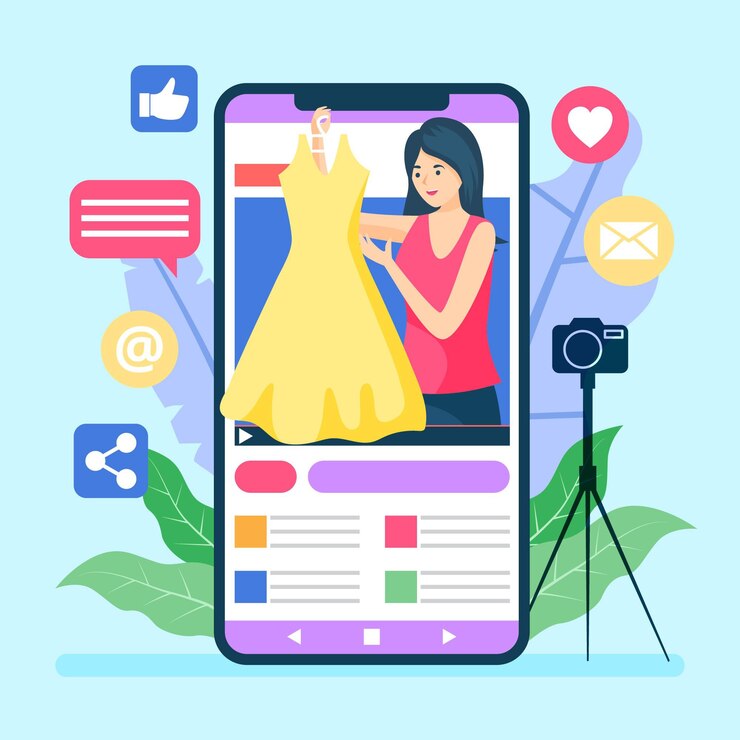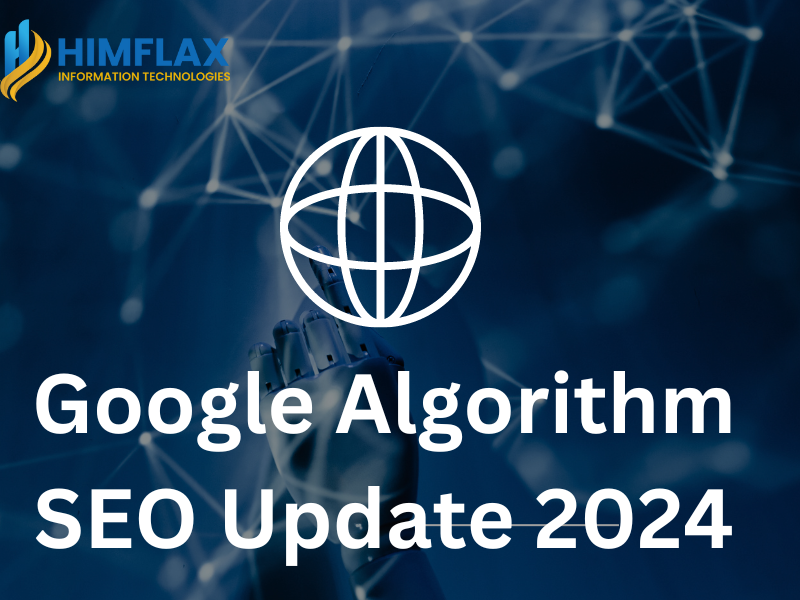In today’s fast-paced digital world, traditional advertising methods are gradually losing their grip on consumers. People are bombarded with ads on social media, websites, and television, leading to a phenomenon known as “ad fatigue.” As a result, marketers are continually seeking new and more effective ways to connect with their target audiences. One approach that has been making waves in the marketing industry is influencer marketing. In this blog post, we’ll explore the power of influencer marketing in the digital age, its impact on consumers, and why it has become an essential strategy for businesses of all sizes.
The Rise of Influencer Marketing
Before diving into the digital age of influencer marketing, let’s take a step back to understand its roots. Influencer marketing isn’t a new concept. Brands have been partnering with individuals who have influence over their target audience for decades. However, the emergence of social media and digital platforms has significantly transformed the landscape of influencer marketing.
In the past, celebrities and well-known personalities were the primary choice for endorsements and promotions. While they still play a role in influencer marketing, digital platforms have given rise to a new breed of influencers: social media stars, bloggers, YouTubers, and micro-influencers who have amassed dedicated and engaged followings. These influencers are often perceived as more authentic and relatable, making them incredibly influential in shaping consumer opinions and purchasing decisions.
The Impact of the Digital Age on Marketing
The digital age has ushered in a seismic shift in the way people consume content and interact with brands. Here are some key factors contributing to the changing marketing landscape:
1. Social Media Dominance
Social media platforms have become a primary channel for communication and information sharing. With billions of users worldwide, platforms like Instagram, Facebook, Twitter, TikTok, and YouTube provide an ideal stage for influencer marketing.
2. Content Overload
In the digital age, we’re constantly bombarded with content. This has led to shorter attention spans and a greater demand for quality, engaging, and relevant content. Influencers often provide just that, creating content that resonates with their audience.
3. Ad-blocking and Ad Avoidance
Consumers have become adept at avoiding traditional ads. They use ad-blockers, skip commercials, or scroll past banner ads. Influencer marketing allows brands to reach audiences in a more organic and unobtrusive manner.
4. Trust and Authenticity
Consumers are more skeptical of traditional advertising, viewing it as biased and often lacking transparency. Influencers, on the other hand, are perceived as more trustworthy and authentic, which aligns with the values of the digital age consumer.
The Power of Influencer Marketing
So, why has influencer marketing become so powerful in the digital age? Let’s explore the key reasons:
1. Authenticity and Relatability
Influencers are often seen as authentic and relatable figures. They share their personal experiences and insights, which resonate with their followers. This authenticity helps build trust between the influencer and their audience, making the influencer’s recommendations more credible.
2. Niche Expertise
Influencers frequently focus on specific niches or industries, allowing brands to target highly relevant audiences. This niche expertise positions influencers as knowledgeable authorities, and their endorsements carry significant weight within their respective niches.
3. Engaged Audiences
Influencers cultivate dedicated and engaged followings. Their audiences actively seek out their content, engage with their posts, and trust their recommendations. This high level of engagement ensures that the brand message reaches receptive ears.
4. Diverse Content Formats
Influencers create content in various formats, including written blog posts, images, videos, stories, and live streams. This diversity allows brands to experiment with different types of content and reach a broader audience.
5. Cost-Effective
Influencer marketing often offers a higher return on investment compared to traditional advertising. Brands can choose from a wide range of influencers, making it accessible to businesses of all sizes.
6. Measurable Results
Digital platforms provide the tools and metrics necessary to measure the effectiveness of influencer campaigns. Brands can track engagement, conversions, and ROI, allowing for data-driven decisions and campaign optimization.
Success Stories
Several brands have harnessed the power of influencer marketing to achieve remarkable success. Let’s take a look at a few notable examples:
- Daniel Wellington: This watch company collaborated with micro-influencers on Instagram, creating a trend around their minimalist watches. The brand’s revenue skyrocketed, thanks to the credibility and relatability of these influencers.
- Fashion Nova: Known for its collaborations with fashion influencers, Fashion Nova has become a dominant player in the fast fashion industry. The brand leverages influencer content to showcase its clothing and accessories, driving enormous online sales.
- Sephora: The beauty giant partners with beauty influencers on YouTube and Instagram, who create makeup tutorials and reviews. Sephora’s influencer-driven content boosts brand awareness and product sales.
- Red Bull: Red Bull has a long history of collaborating with extreme sports and adventure influencers, sponsoring daring feats and events. The brand’s association with these influencers reinforces its “extreme” image and lifestyle.
Best Practices in Influencer Marketing
While influencer marketing offers substantial opportunities, it’s important to follow best practices to achieve successful campaigns:
- Select the Right Influencers: Choose influencers whose values, niche, and audience align with your brand. Consider factors such as reach, engagement, and authenticity.
- Set Clear Objectives: Define clear campaign objectives and key performance indicators (KPIs) to measure success.
- Transparency and Disclosure: Ensure that influencers disclose their partnerships with your brand to maintain transparency and adhere to advertising regulations.
- Content Collaboration: Collaborate with influencers to create content that aligns with your brand message while allowing them creative freedom.
- Performance Measurement: Use analytics and tracking tools to measure the performance of influencer campaigns, and adjust your strategies accordingly.
The Future of Influencer Marketing
As the digital age continues to evolve, influencer marketing is expected to remain a key strategy for brands. Here are some trends shaping the future of influencer marketing:
- Micro-Influencers: The focus will shift towards micro-influencers with smaller but highly engaged audiences.
- Long-Term Partnerships: Brands will seek long-term relationships with influencers, fostering authenticity and loyalty.
- AI and Data-Driven Decisions: Artificial intelligence will play a role in influencer discovery and campaign optimization.
- Video Dominance: Video content, including live streams and stories, will become increasingly important in influencer marketing.
- Sustainability and Social Responsibility: Brands will collaborate with influencers who share their commitment to social and environmental responsibility.
In conclusion, influencer marketing has become a powerhouse in the era of digital marketing, and its impact on consumers is undeniable. The authenticity, engagement, and niche expertise of influencers make them valuable partners for brands seeking to connect with their target audience. By following best practices and adapting to emerging trends, businesses can harness the full potential of influencer marketing to achieve their marketing goals in the ever-evolving digital landscape.




